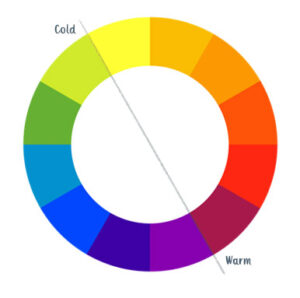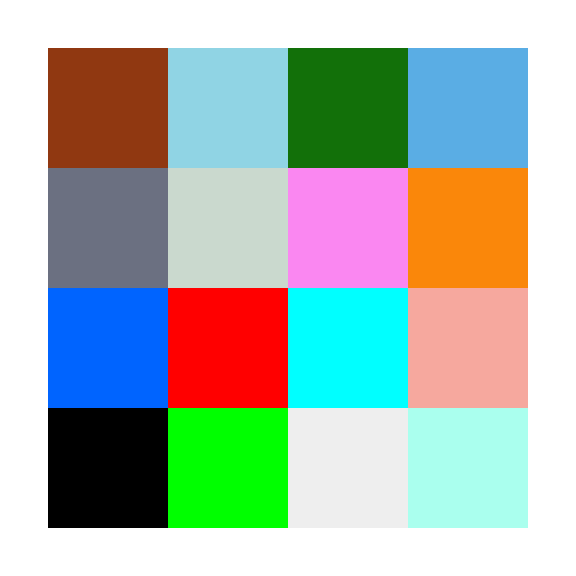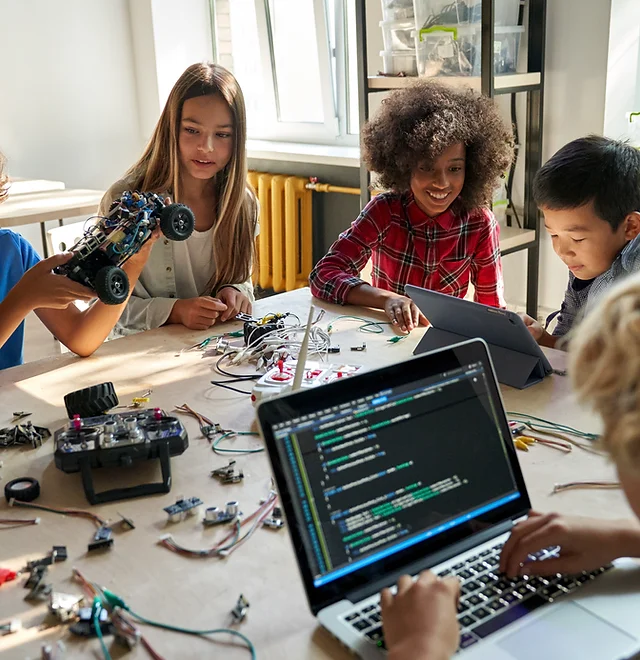In the ever-evolving landscape of artistic expression, the fusion of code and colors has sparked a revolutionary wave, giving birth to the captivating realm of digital art. This groundbreaking medium transcends the conventional confines of artistic creation. Thus providing a canvas that extends far beyond the physical realm into the virtual and interactive spaces.
Unveiling the Canvas: The Essence of Digital Art
At its core, digital art harnesses technology as both a medium and a tool, empowering artists to craft visually stunning masterpieces using sophisticated software, algorithms, and a touch of programming finesse. Unlike traditional art forms, digital art thrives on the seamless integration of creativity with computational precision. Therefore, offering artists unprecedented control over their artistic vision.
The Palette of Possibilities
In addition, one of the most alluring facets of digital art lies in its expansive palette. Artists wield the ability to manipulate a vast array of colors with precision. Hence experimenting with shades that surpass the limitations of physical pigments. This boundless spectrum opens doors to new dimensions of expression. Hence allowing for experiences that are not only visually captivating but also emotionally immersive.

The Language of Pixels: Decoding the Craft
At the heart of digital art lies the intricate language of pixels. Each stroke, every hue, is a meticulously orchestrated dance of code, allowing artists to convey emotions, tell compelling stories, and provoke profound thought. Understanding this unique language is akin to unlocking the hidden secrets within the digital canvas. Where the fusion of technology and creativity takes center stage.
Algorithms as Artistic Allies
To add on, in the realm of digital art, algorithms are more than mere lines of code—they are creative allies. Artists harness the power of algorithms to generate intricate patterns, textures, and even entire compositions. This symbiotic relationship between artist and algorithm often leads to unexpected, awe-inspiring results, pushing the boundaries of what art can be.
Navigating the Digital Studio
Diverging from the solitude of a traditional studio, digital art often flourishes in the collaborative space of virtual platforms. Artists can seamlessly share ideas, techniques, and even work collaboratively on the same canvas. Therefore breaking down geographical barriers and fostering a global community of creators.
Tools of the Trade
Furthermore, digital art comes equipped with a diverse array of tools that transcend physical limitations. From digital brushes mimicking traditional strokes to 3D modeling software breathing life into sculptures, these tools empower artists to experiment and push the boundaries of their craft, ushering in a new era of artistic innovation.
Bridging the Analog-Digital Gap
Moreover, while embracing the cutting-edge, digital art also pays homage to its analog roots. Many artists seamlessly integrate traditional techniques with digital processes, creating a harmonious blend of the old and the new. This fusion not only preserves artistic traditions but propels them into the future, where the past and present coalesce in a celebration of creativity.
The Evolution of Perception
The advent of art challenges traditional notions of perception. Viewers are invited to interact with the artwork, altering their perspective as they navigate through virtual spaces. This interactive element adds a layer of engagement, turning passive observation into an immersive experience. Where the audience becomes an integral part of the artistic narrative.
Conclusion
In conclusion, the realm of digital art, with its fusion of code and colors, stands as a testament to the boundless possibilities that technology offers to artistic expression. As we decode the secrets embedded in each pixel and embrace algorithms as creative allies, digital art becomes a dynamic space where tradition meets innovation. The collaborative nature of virtual platforms, the diverse tools at artists’ disposal, and the harmonious blend of analog and digital techniques showcase a landscape continually evolving.








